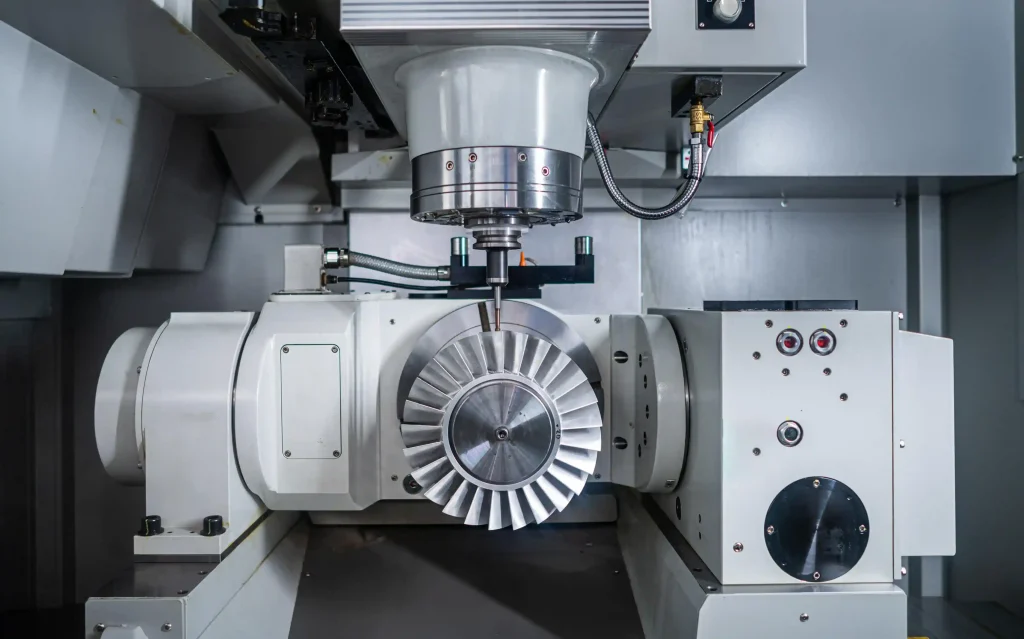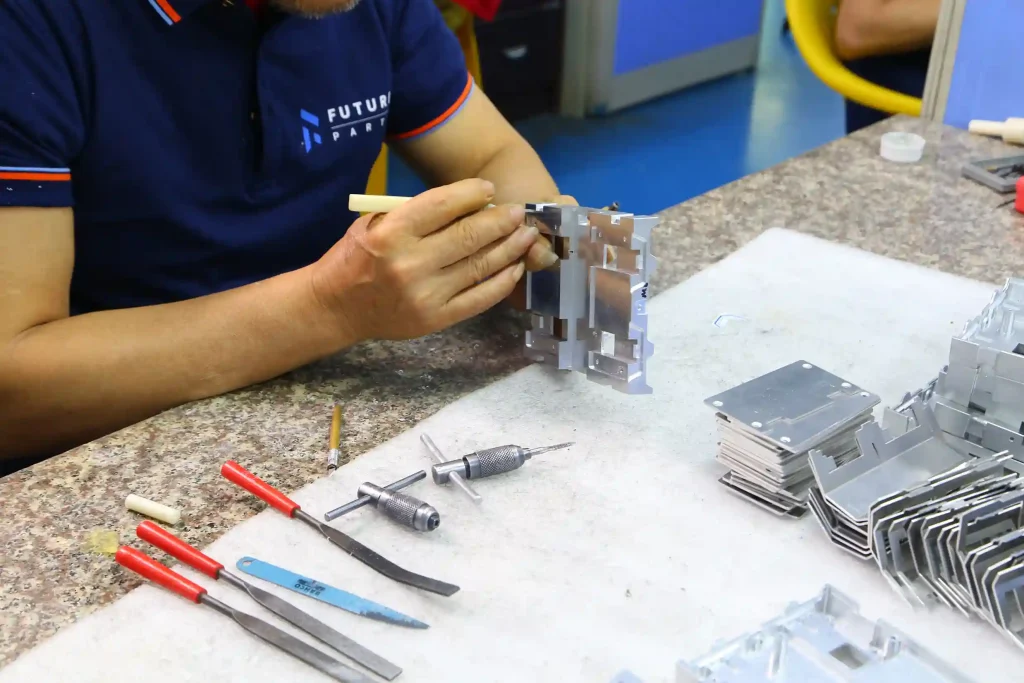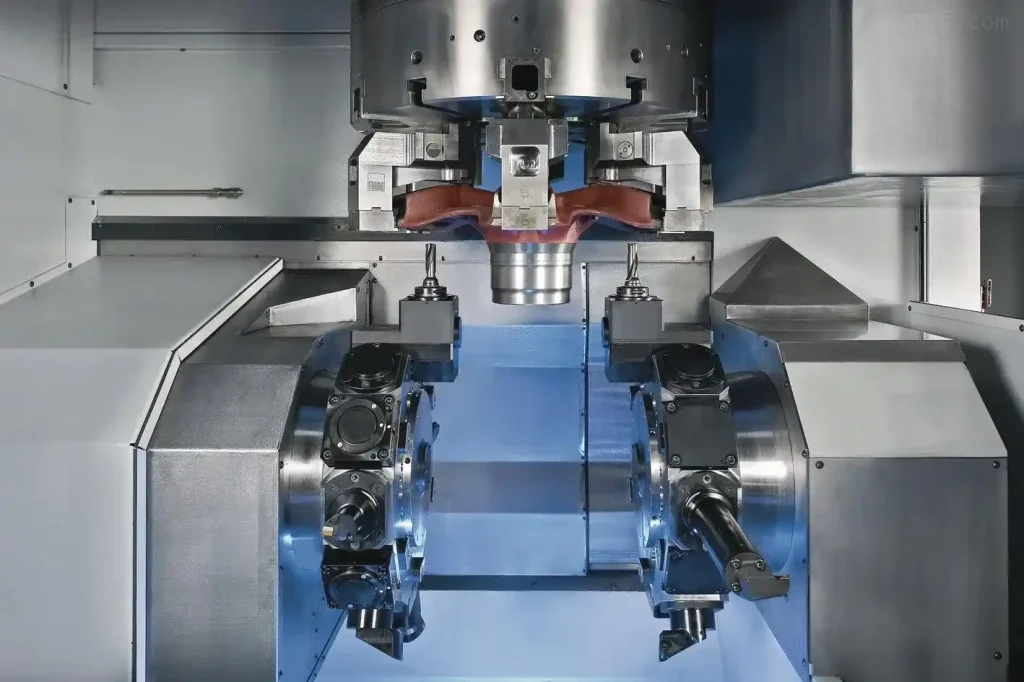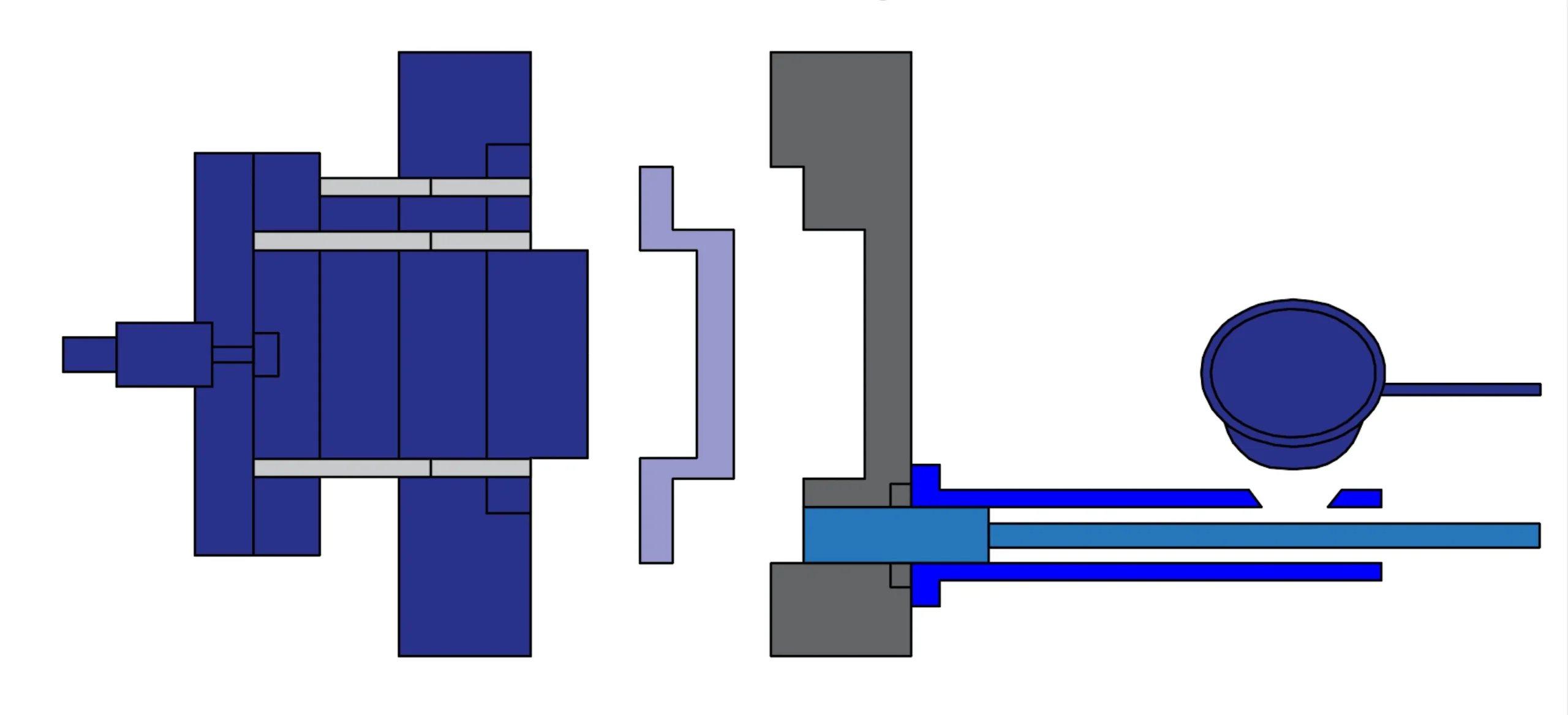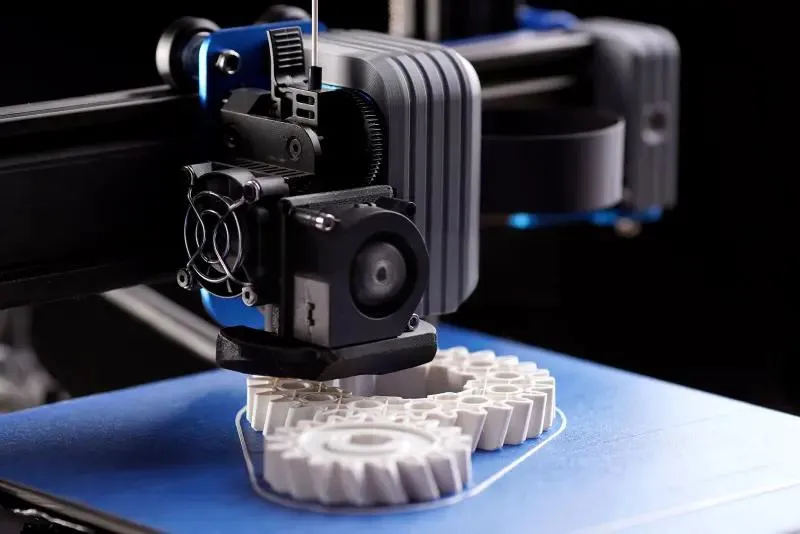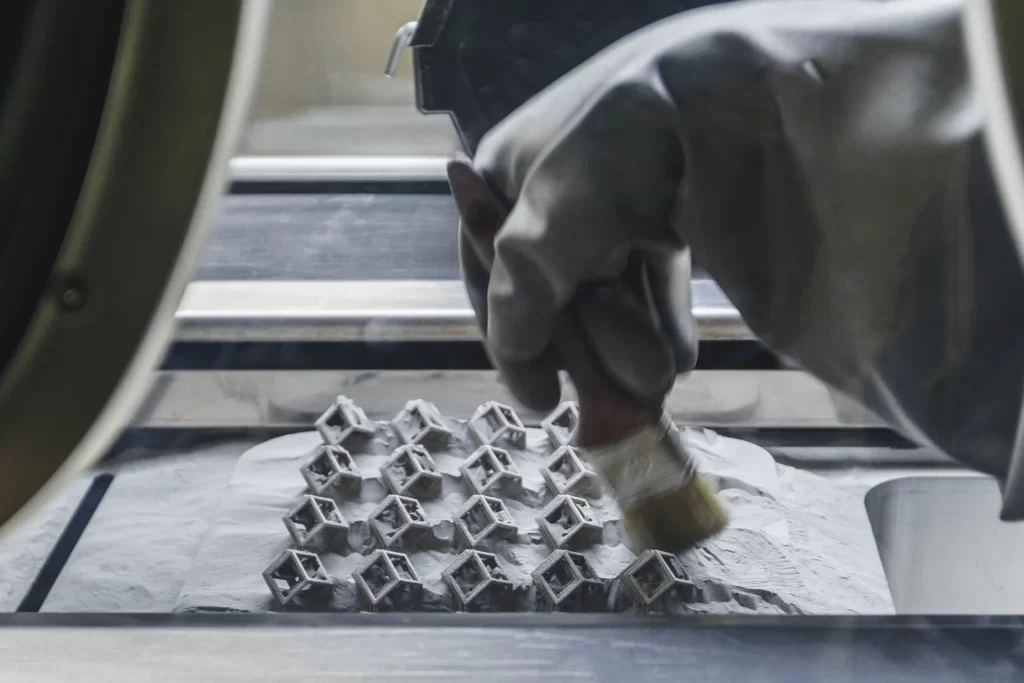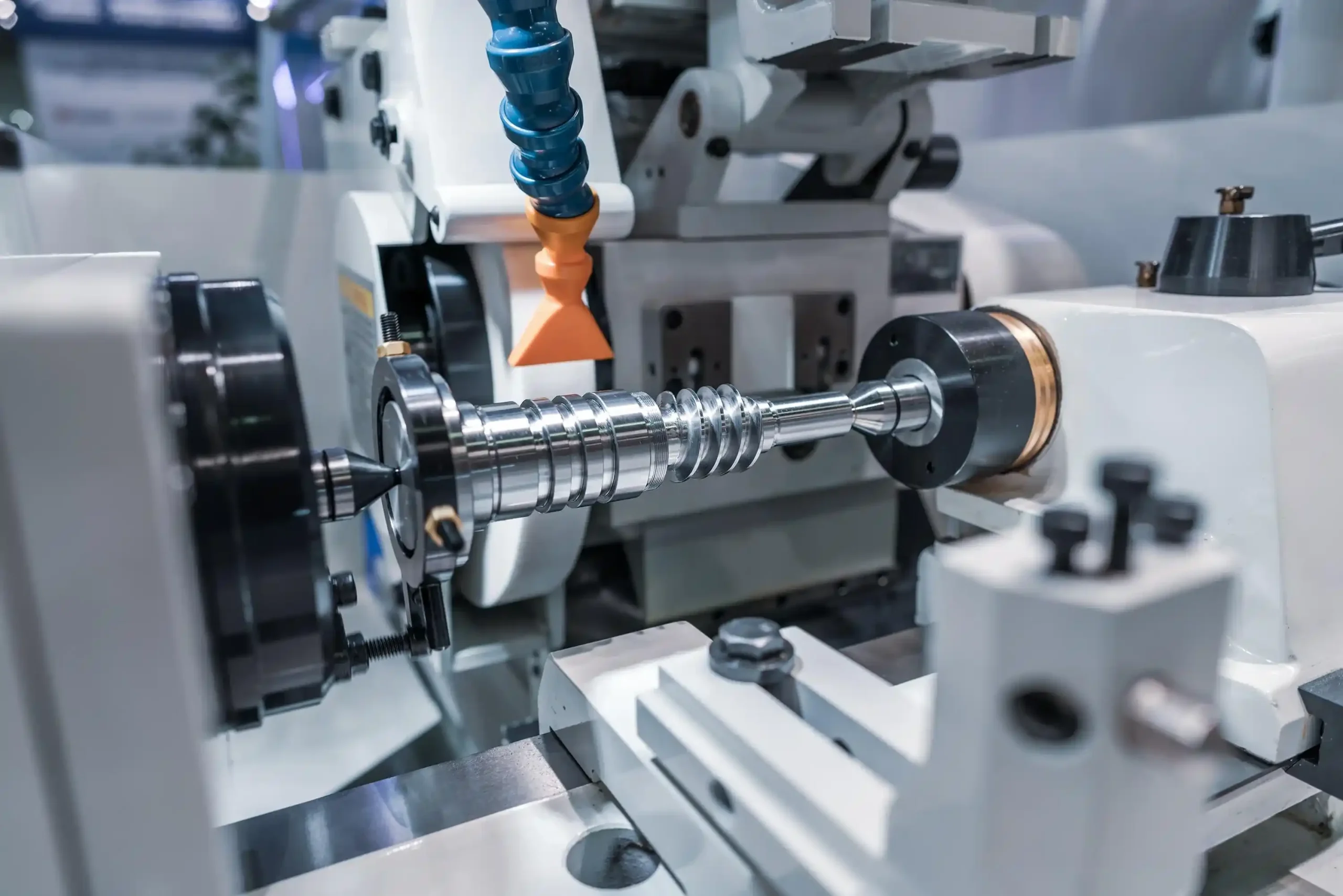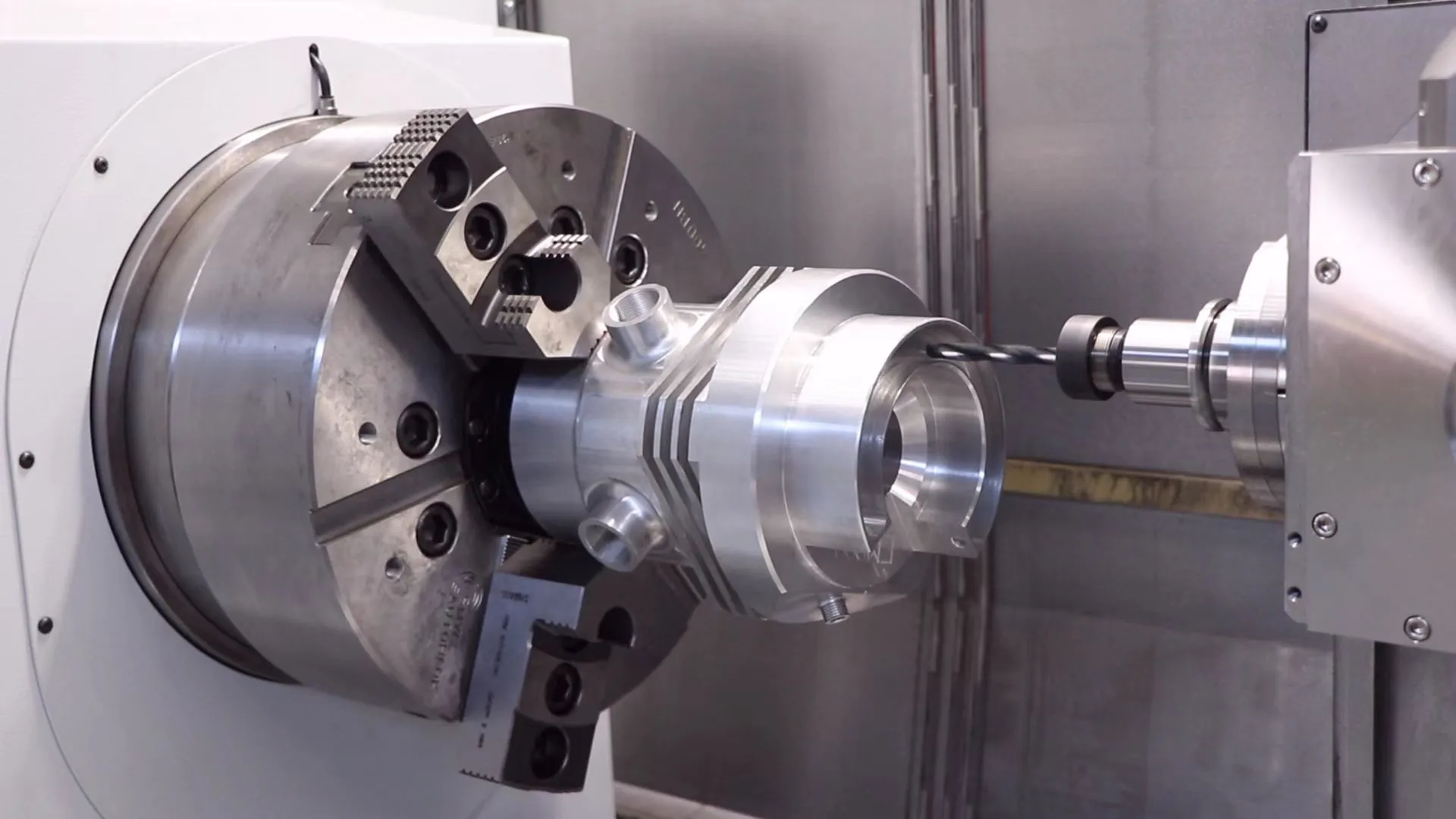Imagine a small screw, if the size error of even one millimeter, may make a precision instrument can not function properly. In this “precise” almost demanding manufacturing world, precision machining is an indispensable core technology.
Whether it is aerospace, medical equipment, or electronics, precision machining plays an irreplaceable role. In this article, we’ll take a look at what precision machining is, how it works, what processes are common, and how it’s used in a variety of industries.
What is Precision Machining?
Precision machining refers to the process of machining workpieces under the conditions of narrow workpieces, complex product structures, and high precision requirements, using advanced machinery such as CNC machines, precision grinders and milling machines, and technical means such as process and measurement.
Precision machining is capable of realizing high-precision machining requirements and can produce many high-precision and high-complexity parts. Its core features include.
- High precision: the machining accuracy is usually between 10 and 0.1 micron, and the surface roughness is below 0.1 micron.
- High surface quality: through precision machining, the surface of the workpiece can achieve a mirror effect with a roughness of no more than 0.01 micron.
Steps in Precision Machining
There are several steps in the precision machining process, which will also depend on the material used and the type of machine tool. However, the general steps for machining parts are as follows:
1. Design and Planning
The first step in precision machining of a part is a thorough design preparation. The functional requirements of the part, its accuracy level and material properties need to be determined. The engineer draws a detailed CAD (Computer Aided Design) model to ensure the exact dimensions, tolerances, features, etc. required. The design is then converted into machine code that directs the CNC machine to produce the part to specification.
2.Converting designed cad to CAM
When the design of a product is completed in CAD software, the next step is to translate it into the language of manufacturing, so that the machine knows how to “do”. This step is to import the CAD model into the CAM software process, CAM (Computer Aided Manufacturing) will be based on the geometric information in the CAD drawings, generating machining paths (i.e., toolpaths), and the corresponding G-code output.
These codes can directly instruct the CNC machine how to operate, such as where to cut, drill, how deep, and how many times to go. Through this process, the digitized design is transformed into physical machining “instructions”, realizing the transition from drawings to products. This step not only improves productivity, but also greatly reduces the possibility of human error.
3. Material Selection
The choice of material will directly affect the performance and quality of precision parts. Usually, precision parts require materials with good processability, stability, wear resistance and corrosion resistance.Common precision machining materials include stainless steel, aluminum alloys, titanium alloys and so on.
4. Machining
After selecting the material, it is placed into the precision machine. By cutting, grinding, lapping, etc., the raw material is processed into a part that meets the requirements, depending on the design and type of machine used.
During the machining process, cutting parameters, feed rate and depth of cut need to be strictly controlled to ensure the accuracy and surface quality of the parts. In addition, advanced precision machinery and automated equipment are required to improve processing efficiency and stability.
5. Finishing and Inspection
After machining, the part undergoes a finishing process to improve its surface quality or to obtain the desired texture. This may involve additional grinding or polishing to remove rough edges or burrs.
Upon completion, the part is scrutinized and it involves a thorough inspection of the part’s size, shape, positional accuracy and surface quality. Commonly used inspection methods include three-coordinate measurement, optical projection measurement, microscope observation and so on.
6. Post-processing
Post-treatment is the finishing work of precision parts processing. It mainly includes cleaning, rust prevention, painting and other steps. In the post-treatment process, attention should be paid to the selection of appropriate processes and materials to ensure that the quality and appearance of the parts meet the requirements.
Advantages of Precision Machining
There are several key advantages to using precision machining over traditional manufacturing methods, such as casting or molding. These benefits make it a preferred choice in industries that demand high-quality, durable parts. Some of the main advantages include:
1. High Accuracy and Tight Tolerances
Precision machining technology enables extremely high dimensional accuracy and reduces errors and rework, making it especially suitable for the aerospace, automotive, and medical industries, which require tight tolerances. In these industries, even small discrepancies can lead to major failures.
2. Increased efficiency and shorter cycle times
Automated equipment is faster than manual operations, reducing errors and speeding up production, helping to get to market faster.
3. Reduced material waste
cnc precision machined parts are more accurate, maximizing the use of materials and reducing waste due to human error.
4. Cost-effective
Outsourced manufacturing saves significant investment by eliminating the need to build your own precision machine. High efficiency and low error rates also reduce total costs.
5. Safer and less human error
Automated production reduces the risk of workplace injuries, while reducing reliance on manual labor and improving overall production safety.
6. Higher Product Quality
Computer-controlled equipment produces parts with greater consistency and fewer defects, reducing rework rates.
7.Flexible customization for a wide range of applications
A wide range of parts can be customized to precise specifications, supporting a variety of production methods such as CNC machining, 3D printing and laser cutting.
8.Compatible with a wide range of materials
Compatible with a wide range of materials such as metal and plastic to meet the needs of different industries, including aerospace, medical and automotive.
9.Easy prototyping and testing
Rapid production of new designs by modifying the program, suitable for prototyping and early testing, reducing R&D costs.
10.Suitable for mass production
High repeatability and stability make it suitable for mass manufacturing, ensuring product consistency and fast delivery.
Types of Precision Machining Machinery
There is a wide range of precision machining equipment, and different equipment is suitable for different machining needs. The following are some common machining equipment:
CNC Machine Tools (CNC)
CNC machine tool is a kind of high-precision equipment for automated machining through preset programs, which can realize multi-axis linkage and complete the cutting and forming of complex parts. Its main advantage lies in high machining precision, good repeatability, suitable for mass production of precision parts, widely used in aerospace, automotive, medical equipment and other fields.
CNC Milling Machine
CNC milling machine mills the surface of the workpiece by rotating multi-flute tool, and can complete the processing of plane, inclined plane, groove, tooth shape and other complex shapes. It supports three-axis or multi-axis linkage, and can complete the machining of multiple surfaces at one time. It is commonly used in mold manufacturing, finishing of mechanical parts and the production of highly complex parts.
CNC Turning
CNC turning is mainly used to process rotary parts, such as shafts, rings, round shells and so on. Through the workpiece rotation and tool linear feeding cooperation, it can efficiently complete the machining of external circle, internal hole, end face, thread and other parts. Its flexible programming is suitable for batch machining tasks with high precision and repeatability.
Precision grinding machine
Precision grinding machines use a high-speed rotating grinding wheel to grind workpieces, and are capable of processing workpieces with extremely high surface finish and flatness. Depending on the application, they can be categorized as surface grinders, cylindrical grinders, and internal grinders. They are commonly used in the manufacture of molds, bearings, precision guides, and other products that require extremely high dimensions and surface quality.
Electric Discharge Machining (EDM)
EDM etches away metal on conductive materials by pulsed discharges and is suitable for hard-to-machine materials such as cemented carbide, hardened steel, etc. It is especially good at machining deep cavities, thin-walled and sharp-angled structures. Widely used in complex molds, precision parts, medical equipment and other industries.
Wire Cutting Machine (WEDM)
Wire cutting utilizes a fine metal wire as an electrode to perform high-precision electric discharge cutting on the workpiece. It is capable of processing a variety of complex two-dimensional contours and tapered parts, and is suitable for use in precision manufacturing scenarios such as mold cavities, electrode molds, and punching molds, etc. The cutting gap is extremely small, and the processing accuracy is high.
Laser Cutting Machine
Laser cutting cuts materials with high efficiency by melting or vaporizing them with a high-energy laser beam. Its advantages are fast cutting speed, neat edges, and small heat-affected zone. It is suitable for materials such as stainless steel, carbon steel, aluminum alloy, and plastics, and is commonly used in sheet metal processing, electronic parts, and automotive parts manufacturing.
Waterjet Cutting Machine
Waterjet cold cuts materials by ultra-high-pressure water flow entrained with abrasives, with no heat impact, no burr and no deformation. It is suitable for cutting almost all materials, including glass, ceramics, stone, composites and metals. It is commonly used in aerospace, architectural decoration, and military manufacturing.
Coordinate Measuring Machine (CMM)
Coordinate Measuring Machine (CMM) is used to measure the geometry and shape of workpieces with high precision, supporting both contact and non-contact probing. It can quickly and accurately capture the parameters of a part, and is an indispensable tool for quality control, product inspection and reverse engineering, and is widely used in automotive, mold, electronics and other precision industries.
Applications of Precision Machining
Precision machining plays a vital role in the production of high quality parts used in a variety of industries. Below are some examples of applications and parts:
| Industry | Application | Example Parts |
|---|---|---|
| Aerospace | Aircraft components and engine parts | Turbine blades, fuel injectors, wing brackets |
| Automotive | Engine components and transmission | Crankshafts, pistons, gears, brake parts |
| Medical Devices | Surgical instruments and implants | Surgical blades, prosthetics, diagnostic tools |
| Electronics | Circuit boards and enclosures | Heat sinks, connectors, capacitors |
| Industrial | Heavy machinery and equipment | Hydraulic parts, gears, machine frames |
Comparison: Precision Machining vs. Traditional Machining
Precision machining offers several benefits over traditional machining methods. Here’s a quick comparison:
| Aspect | Precision Machining | Traditional Machining |
|---|---|---|
| Accuracy | Extremely high accuracy, tight tolerances | Limited accuracy, subject to human error |
| Production Speed | Faster, especially with CNC automation | Slower, manual adjustments required |
| Material Waste | Low material waste due to precise cutting | Higher material waste |
| Flexibility | Can create complex parts with intricate details | Limited to simpler, less intricate parts |
| Cost Efficiency | Higher initial costs but more cost-effective in the long term | Lower initial costs but less efficient |
Conclusion
Precision machining is a highly accurate and efficient process that has revolutionized manufacturing in many industries. By utilizing advanced precision machining machinery, manufacturers can create parts that meet exacting standards. Choosing Future Parts’ precision machining services ensures that every one of your parts meets industry-leading standards of quality and accuracy.
Whether you are designing a single part or a series of complex parts, understanding precision machining and its various methods will help you choose the best approach for your project.
FAQs
What is the difference between precision machining and traditional machining?
Precision machining uses automated processes to achieve extremely tight tolerances and high accuracy, while traditional machining relies on manual techniques that can introduce errors and inconsistencies.
What is machinery precision?
Mechanical accuracy refers to the precision of mechanical equipment in terms of movement, form and position. Specifically, mechanical precision includes the following aspects:
- Motion precision: involves the precision of linear motion, rotary motion, etc. of mechanical equipment.
- Morphological accuracy: including flatness, roundness and other morphological accuracy.
- Positional accuracy: involves the accuracy of verticality, horizontality and other positional aspects.
What is the tolerance for precision machining?
Tolerance grades are generally above IT5, and machining accuracies range from 10 to 0.1 μm. Specifically, the tolerance grade and machining accuracy of precision machining can vary according to different machining methods.
what is the precision metal machining
Precision metal machining refers to the use of advanced machining equipment and technology to cut, form or modify metal materials with high precision and high surface quality to produce products that meet specific design requirements.

